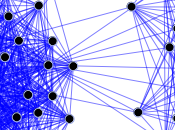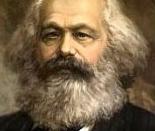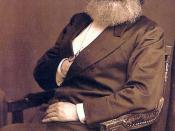This essay will focus on how theorists' views compare occupation and identity. It will firstly define Identity, then by using course materials and other relevant resources it will discuss how occupation and identity have changed over the years.
To have an identity means a person has a sense of belonging to a particular group. Identity has been defined as 'how I see myself and others see me' (Woodward, 2000). We as human beings assign people to a category, which then tells us things about those people. Similarly, we find out things about ourselves by knowing what categories we belong to. Identity is something which everybody has whether it is at work, in the family or socially.
Social scientists explain work based identities by relating them to class. A class is a large group of people who share the same interests, experiences and lifestyles (Woodward, 2000).
The Marxist theory of class suggests that there are two classes in which all people belong, the elite class, the 'bourgeois' own property and control the means of production.
They represent the vast minority of the population but majority of the wealth. The working class, or 'proletariat', would be fundamentally removed from the product of their labor, thus creating a structuralized exploitation of the working class (Woodward, 2000). Marx believed that 'class conciseness' is important to understanding our identity. The conciseness would only happen once we realise our relationship to the means of production, thus causing us to see ourselves as part of a collective, thinking and acting as one.
In comparison, Weber also saw class as an important factor when forming identity but explored class on a much wider scale to that of Marx. Weber highlighted divisions within classes and recognised that status played an important factor within social groups (Woodward, 2000). Being a...


